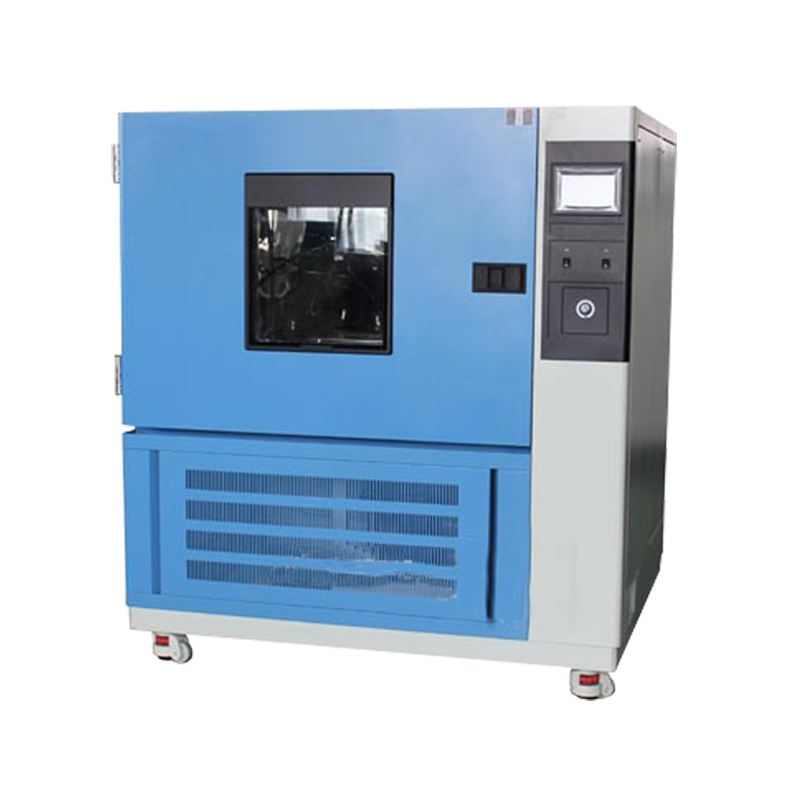The rainfall rate of a rain test chamber is typically determined based on the test standard or requirements. For example, if you are conducting a rain test in accordance with ISO 811, the rainfall rate might be 1.7 mm/h. If you are conducting a rain test in accordance with ASTM D3161, the rainfall rate might be 2.5 mm/h.
In the absence of specific test standards or requirements, the rainfall rate of a rain test chamber can be influenced by many factors, including the material and size of the test specimen, the temperature and humidity of the test environment, and the performance of the rain test chamber. To ensure the accuracy of the test data, it is advisable to refer to relevant standards or seek professional advice when determining the rainfall rate.

The rainfall rate of a rain test chamber is usually determined based on the test standard or requirements. For example, if you are conducting a rain test in accordance with IEC 60068-2-27, the rainfall rate might be 50 millimeters per hour. If you are conducting a rain test in accordance with ASTM D3299, the rainfall rate might be 100 millimeters per hour.
In the absence of specific test standards or requirements, the rainfall rate of a rain test chamber can be influenced by many factors, including the size and quantity of the test specimens, the characteristics of the test environment, and the performance of the rain system. To ensure the accuracy of the test data, it is advisable to refer to relevant standards or seek professional advice when determining the rainfall rate per hour.













